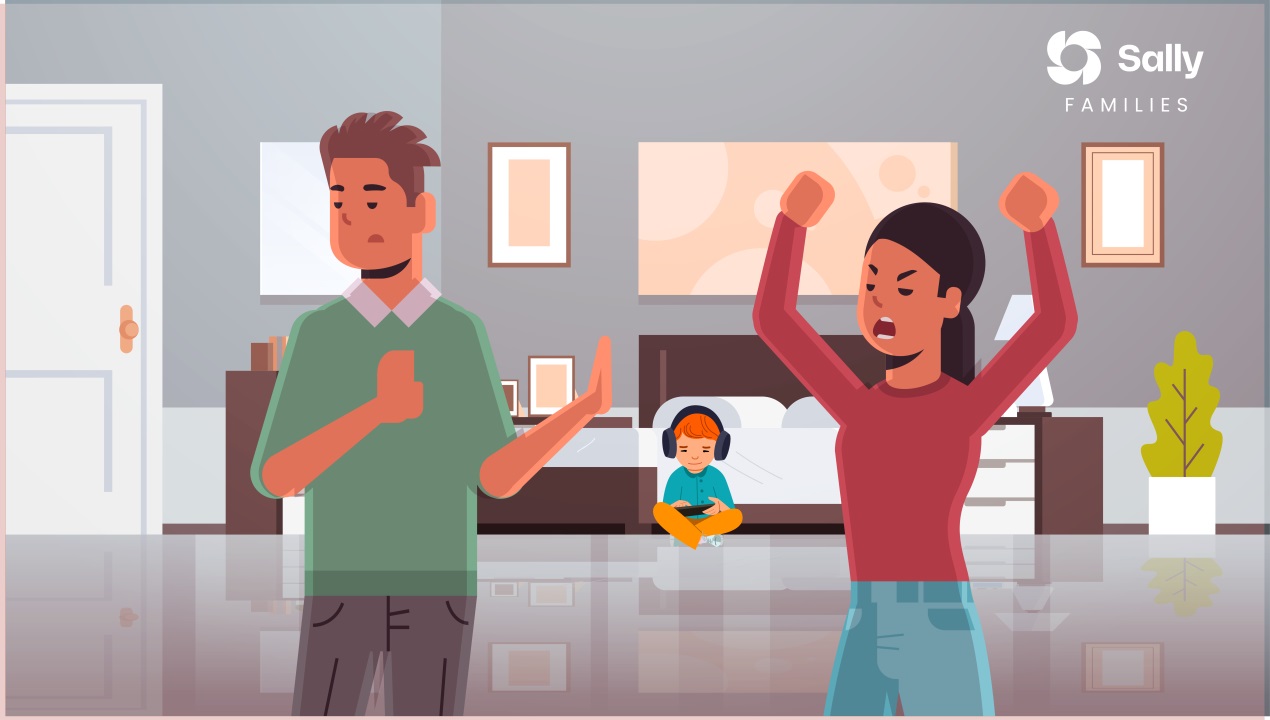
Blaming the screens is only covering up the problem
Every day, we see news about technology addictions, mental health problems, developmental issues, increased suicide rates, and more among children and adolescents. Parents are frightened and often find themselves at a loss as to what to do. The first reaction is to limit screen time or control its use strictly. This debate has been intensified in recent months by the controversy emerging across Europe about the detriment to school performance resulting from the use of screens in schools.
To illustrate the scope of these issues, consider some recent statistics. A study by the Pew Research Center found that 54% of U.S. teens say they spend too much time on their cell phones, and 60% of parents worry their child is addicted to their devices. Mental health data from the CDC indicates that from 2007 to 2018, suicide rates among people aged 10-24 increased by 60%, and there is growing evidence linking heavy social media use with increased feelings of depression and anxiety among teens.
The truth is that the problems are the same as ever. These children are no different from those of the past. What the internet and social media do is accelerate risk exposure more quickly and more extensively. Screens and the aggressiveness of digital relationships act as catalysts for problems that already exist in a latent form.
However, the cause of the problems lies in this physical and tangible world. Addictions, suicides, and other issues are rooted in traumas and emotional wounds that are often generated in the close environments that are the most vulnerable. We are vulnerable when we do not protect ourselves; that place is usually the family or early childhood school environment.
But let’s turn it around. The best way to protect a child is not to take screens away until the day they come of age. The best prevention is good emotional and character education in the family environment. The best parental control software ever invented is a healthy family with strong bonds where mutual trust has been built.
At home, you have to talk a lot and have many conversations. A compelling anecdote involves a family who established a nightly routine of discussing the highs and lows of their day. This simple practice helped the children articulate their feelings, strengthened family bonds and provided early detection of any issues. At home, you have to be there: spend time with your children and keep your eyes and ears open. Listen, explain, set an example, detect… Childhood is when they are most receptive, impressionable, and moldable. Adolescence is a time of difficult change, not the time to improvise what has yet been sown.
Undoubtedly, in this approach, the key is to understand the family as a team where everyone can count on everyone, and in this team, there must be clear leadership from the parents. Not from mum or dad alone. The two have to act as a single block towards the children. And if they disagree, it doesn’t show when the children are in front of them. They are resolved on their own. And you have to work it out. To have conversations with the children, you must first have many conversations as a couple.
An example of this approach working effectively is a case study of a family who regularly engaged in open discussions about their values and expectations. The parents’ united front and transparent communication fostered a sense of security and clarity for their children, who showed better emotional resilience and online and offline social behaviour.
In this article, we are not inventing gunpowder, but in the midst of so much scaremongering, we must get to the root of the problems. The family is the critical point and the source of hope. As families navigate the challenges of the digital age, it is through assertive, communicative, and supportive family environments that children will best learn to manage their interactions with technology healthily and constructively.

